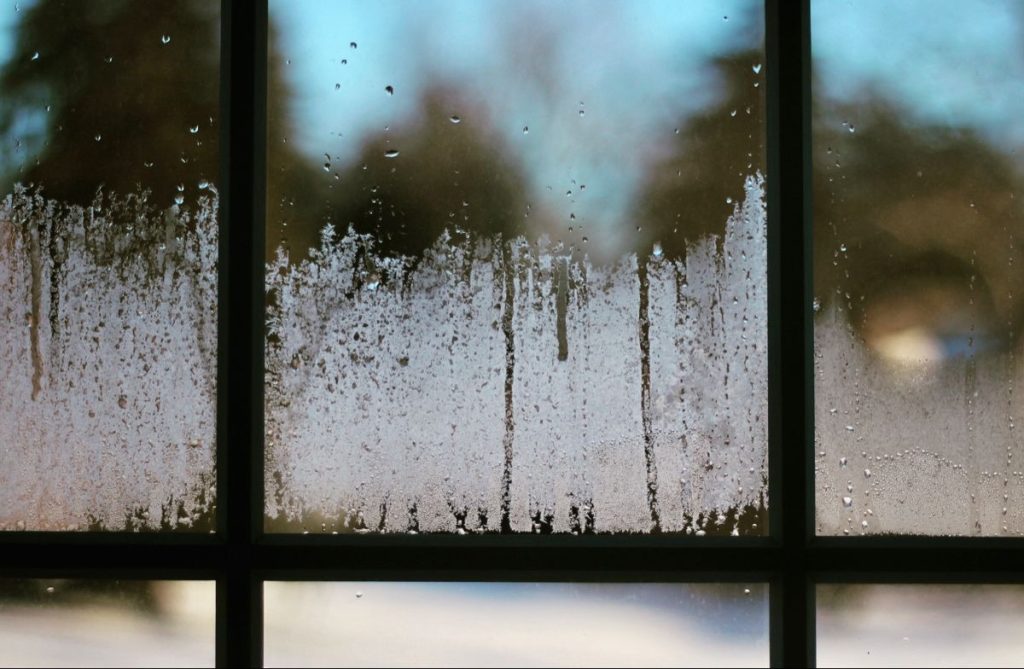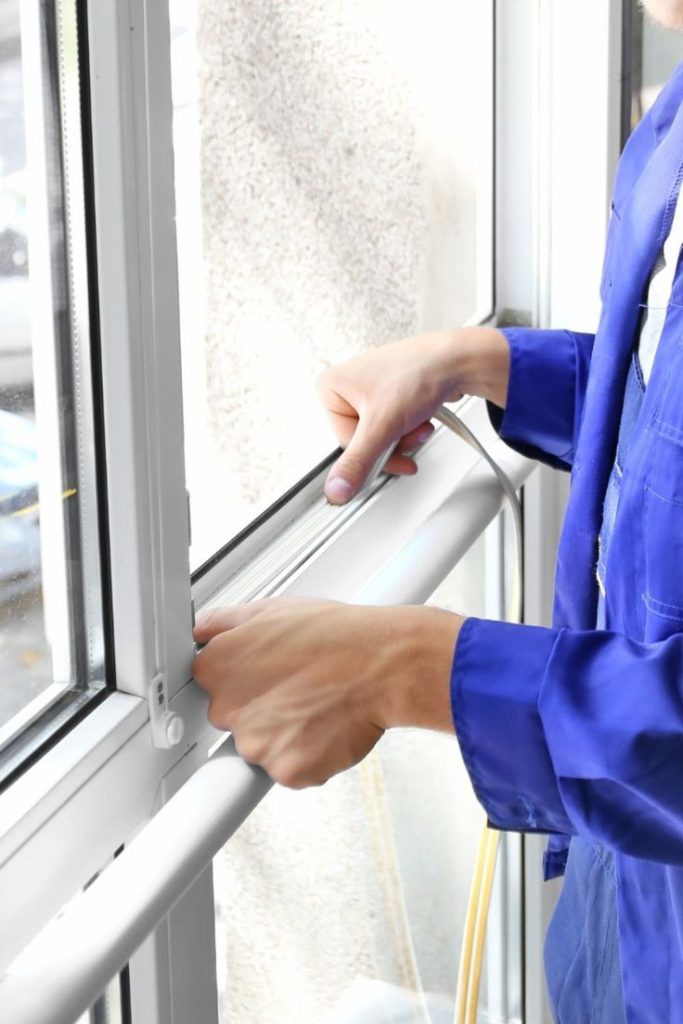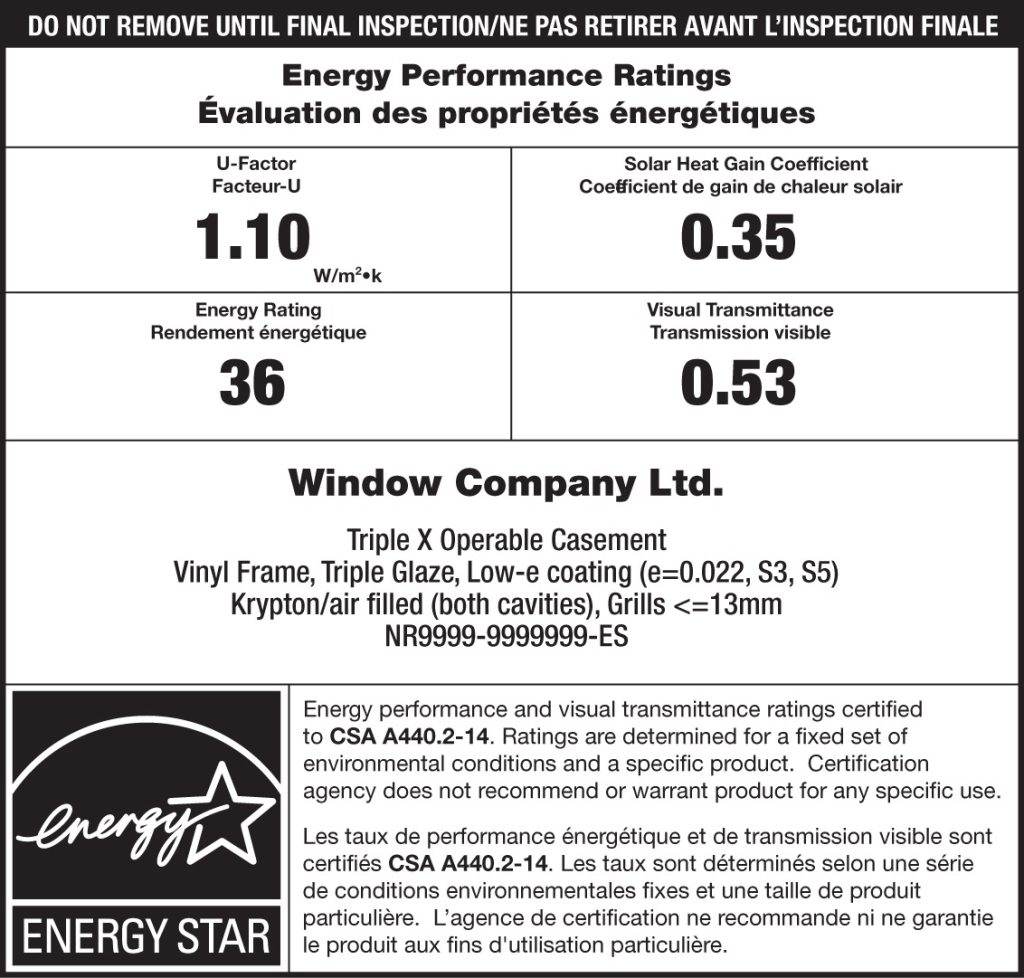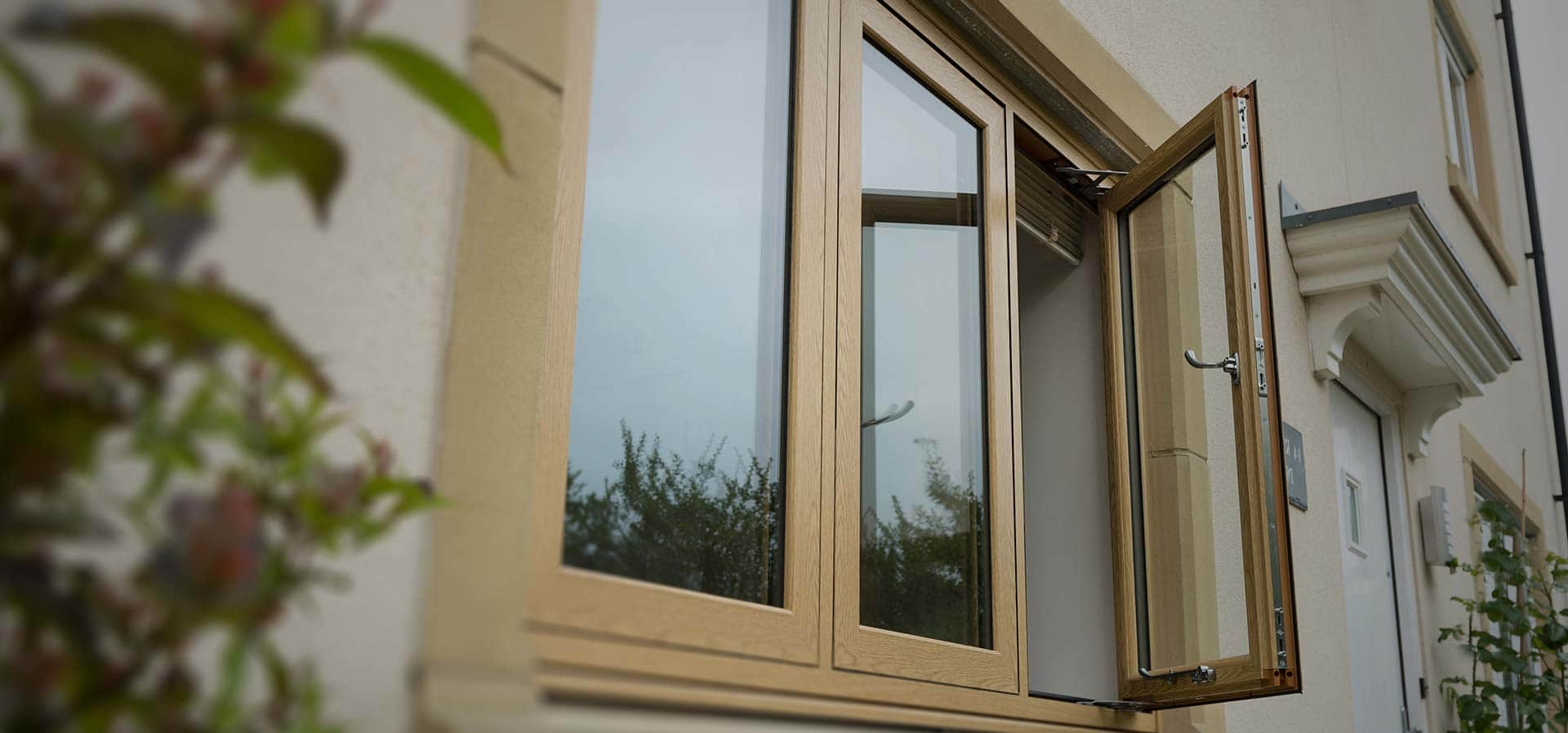Fog or moisture trapped between the panes of your windows can be an unwelcome sight. Unlike surface condensation that wipes away easily, fog inside the glass signals a deeper problem – a failed Insulating Glass Unit (IGU). Once the seal around the glass breaks, air and moisture enter the space where insulating gas should be, leading to cloudy or streaked windows that no longer perform as designed. According to Natural Resources Canada, windows, doors and skylights can account for up to 35 % of total house heat loss, highlighting the importance of properly sealed insulating units.
Understanding how IGUs fail and what your replacement options are can help you restore both the clarity and efficiency of your windows.
What’s Happening Inside the Glass
Modern windows use IGUs – sealed units that act as a thermal barrier. Each unit includes:
- Two or three panes of glass
- A spacer that separates and supports the panes
- A perimeter seal that makes the unit airtight
- An insulating gas such as argon or krypton
When that seal fails, the gas escapes and humid air takes its place. As temperatures fluctuate, the moisture condenses on the cooler interior surfaces of the glass, creating the telltale fog, haze, or mineral deposits seen between panes.
Unlike regular condensation, which can form temporarily on the inside or outside of a window, fogging inside the unit means the insulation value of the window has already been lost.
Why It Matters
A fogged window isn’t just an eyesore – it represents a serious loss of performance.
- Lower insulation: Once the gas is gone, the window’s R-value drops dramatically, allowing more heat transfer.
- Higher energy bills: The failed unit behaves like a single pane of glass, increasing heating and cooling costs.
- Potential for long-term damage: Over time, moisture can leave mineral etching or stains on the glass surface that cannot be removed. The World Health Organization highlights that persistent indoor moisture promotes mould and bacterial growth, contributing to respiratory and health problems.

Even if the fogging seems minor, addressing it promptly helps prevent further deterioration and ensures your home stays efficient and comfortable.
Comparing Your Replacement Options
When an IGU fails, homeowners typically face three paths forward. Each has distinct costs and results.
| Parameter | IGU-Only Replacement (Glass) | Full-Frame Replacement (Window) | DIY / “Defogging” Service |
| Cost | Medium | High | Low |
| Effectiveness | High – restores insulation | High – new frame and warranty | Low – cosmetic only |
| Complexity | Moderate – professional required | High – full installation | Low, but short-lived |
| Energy Savings | Restores original R-value | Offers modern, improved R-value | None |
Choosing the Best Path
The right approach depends on your window’s age, condition, and warranty coverage.
1. Check your warranty.
Most modern windows carry a 10-20 year seal warranty on the glass unit. If the failure occurs within that timeframe, the manufacturer may cover the cost of a replacement IGU, though you’ll usually pay for labor.
2. Inspect the frame.
If the frame is in good shape – square, stable, and easy to operate – replacing just the glass unit is a cost-effective way to restore performance.

3. Consider the window’s age.
If your windows are more than 15-20 years old or the frames show signs of warping, cracking, or water damage, full-frame replacement is often the better investment. You’ll get updated materials, improved performance, and a new warranty.
4. Look at the bigger picture.
If several windows are showing condensation at once, the seals across your home may be nearing the end of their lifespan. In that case, a full-home upgrade may provide greater value over time.
Common Pitfalls to Avoid
- Relying on “defogging” services. These methods involve drilling holes into the glass, cleaning the space, and inserting vents to release moisture. While the fog may clear, the insulating gas is not restored, and the seal remains broken.
- Ignoring the problem. Seal failure doesn’t fix itself. The longer you wait, the more the view deteriorates – and the more energy you lose.
- DIY installation without experience. Replacing an IGU requires precise handling and resealing. A poor fit can compromise both appearance and performance. Professional installation ensures longevity.
A Closer Look: Is IGU Replacement Enough?
Homeowners sometimes debate whether replacing just the glass is a temporary fix. In reality, it depends on context.
If your windows are relatively new and the frames are sound, replacing the IGU is a smart, efficient solution that avoids unnecessary waste. But if seals are failing across multiple units or the windows are decades old, replacing only one glass panel may delay rather than solve the problem.
A full-frame replacement, while more expensive, modernizes your entire window system – frames, hardware, and glass – and offers long-term performance gains. The right choice balances cost with how long you plan to stay in the home.
Standards and Quality Assurance

IGU manufacturing follows strict quality controls to prevent premature failure. Industry standards, including those established by international and national certification organizations, test seals for durability, pressure changes, and weather exposure.
In Canada, performance standards set by the Canadian Standards Association (CSA) and similar bodies ensure IGUs meet criteria for energy efficiency, condensation resistance, and long-term durability. Choosing certified replacement products helps guarantee reliability and consistent thermal performance.
Frequently Asked Questions (FAQ)
1. What should I consider when I see condensation between panes?
The first thing to know is that this is a product failure, not a maintenance issue. Your window is no longer insulating. You must decide on a replacement path: either the glass IGU only or the entire window frame.
2. How do I choose the best replacement path?
First, check your window’s warranty for seal failure coverage. If the frame is in good condition, replacing only the IGU is the most cost-effective option. If the frame is old, damaged, or inefficient, a full-frame replacement is the better long-term investment.9
3. What are the advantages and disadvantages of IGU failure?
There are no advantages to IGU failure. The main disadvantages are a significant loss of energy efficiency, higher utility bills, an obstructed view, and the cost of repair. The advantage of fixing it is restoring your home’s insulation, comfort, and view.
Conclusion
Condensation between window panes is one of the clearest indicators of IGU failure. While it may start as a small foggy patch, it quickly reduces visibility, comfort, and energy performance.
Addressing it early – whether through glass replacement or a full-frame upgrade – ensures your windows continue to perform as they should. By understanding how IGUs work and choosing a qualified installer, you can restore clear views, lower energy costs, and maintain the long-term integrity of your home’s windows.For more technical information on how these units are constructed, you can visit authoritative sources such as Wikipedia’s page on Insulated Glazing.


